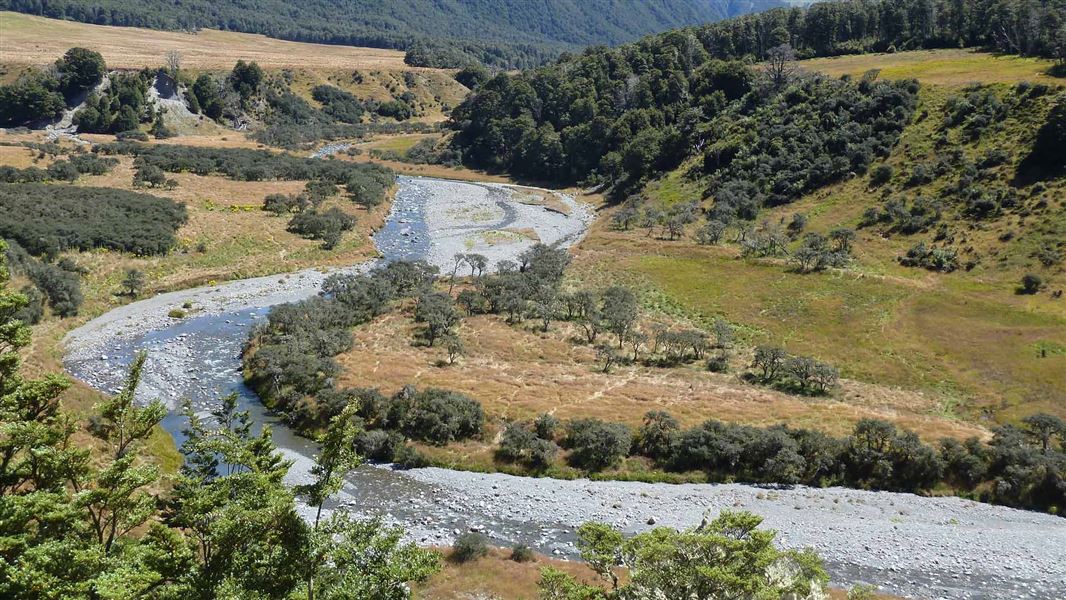
Located in the Canterbury region
Introduction
Located on three mountain ranges, the area has exceptional recreation opportunities and natural features including glaciated valleys, glacial moraine deposits, streams, wetlands, lakes and high altitude tarns.- The western side, from Lewis Pass to the Waiau River is characterised more by mixed beech forests, open river flats, tussock tops rising to rocky snow mountain tops.
- In contrast, the eastern side is drier, open country with magagouri, exotic grasses, regenerating shrublands and mountain lakes.
- The Waiau River runs north to south through the St James Conservation Area.
Check, Clean, Dry
Clean all gear when moving between waterways to prevent the spread of didymo and other freshwater pests.